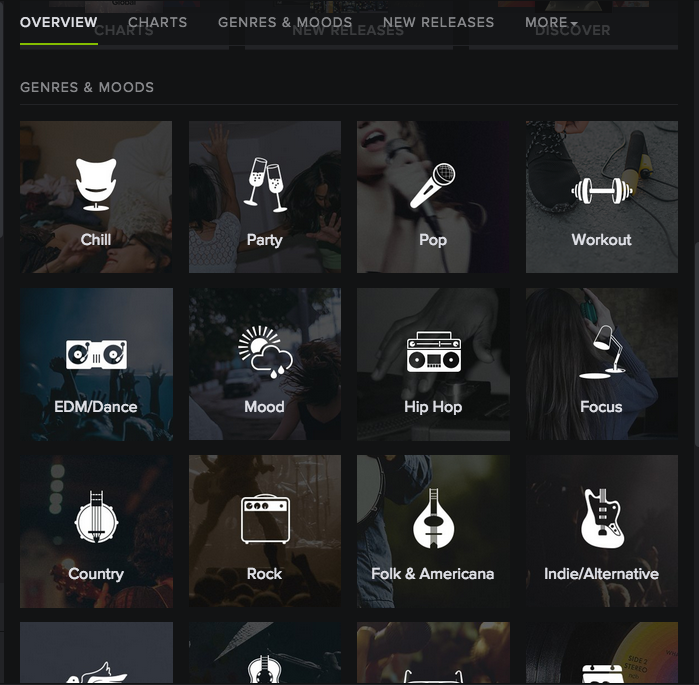New music streaming app ‘Tidal,’ gives money back to the artists
With the increasingly popular music streaming app ‘Spotify,’ listeners can pay nine dollars a month to own billions of songs. If the listener chooses to not pay the nine dollars, the same music is available for free with the addition of advertisements. On iTunes, the same nine dollars can only buy listeners up to nine songs.
However, what’s often not realized is the impact on actual music artists themselves.
“If you look at the math, people are paying 9 dollars a month for millions of albums of music that would be ten dollars on iTunes,” said César Hamilton (‘15), en electronic music producer and singer songwriter, looking to pursue the interest as a career under the stage-name of “C-Rex.”.“There’s no way artists are making a fraction of that. Plus you look at the fact that record labels take such a large part of the cut even from iTunes, you know it’d be even worse when there’s less to make on Spotify.”
Along with taking the actual profit away from the artists, it impacts the approach to music as an artform. “I mean it’s essentially stealing from artists. If you’re gonna steal from artists I think you should be honest about it, it’d be better to go to a record store and literally steal the actual record because at least then you’re stealing the art form as a whole and its obvious,” said Hamilton.
“I use it because there’s a lot of playlists already created by friends and other people so I don’t have to search and make my own,” said Coco Ocker (‘16), a Spotify user.
A similar concept is looked at differently from the perspective of an artist, “Why don’t I want Spotify? Because it takes all the work out of my musical exploration,” said Hamilton. Thus, what makes the app attractive by making music more easily discoverable a negative experience for those more invested in the industry.
He elaborated on why this is: “it takes even further incentive away from getting and physical copy of the record, like CD, vinyl, or tape when you can so easily purchase or stream just that hit single alone online. And also in a more nostalgic sense, it sort of invalidates the art form of making music in an album format and transforms a musician role into churning out generic cash cow big hit singles that don’t actually reflect and creative integrity or celebrate original thinking.Which is why I like Tidal.”
“Jay Z has re-launched a newly-acquired music service called Tidal, with the purpose of making a difference for artists,” commented Elyse Betters in her article: “Tidal music service explained,” written on the technology-focused blog: Pocket-Lint. “Instead of catering to consumers and promising to improve their lives, Tidal is all about righting the wrongs of the music industry and ensuring artists get paid directly and fully for their art. In return, you get CD-quality music and hopefully a warm feeling in your tummy about paying for HD tunes,” she continued.
But the expenses are what turn many towards the non-artist supporting Spotify: “Its a really good way to discover artists because you look up an artist and spotify shows you their top five songs. Honestly if I had money I would use Tidal but for now Spotify’s nice cause it’s free,” said Chantal Toupin (‘15).
“I don’t have money to buy music on itunes or with Tidal. On Spotify I can just put a bunch of songs from different albums in my cue and I’m set without paying,” said Lars Archer (‘16).
Thus, the contrast appears between those who use music purely for listening versus those who make music as their career. Who wouldn’t like to listen to the best songs off their favorite albums for free? But also who would want people only appreciating only a fraction of what they produced without ever receiving a profit from it?

